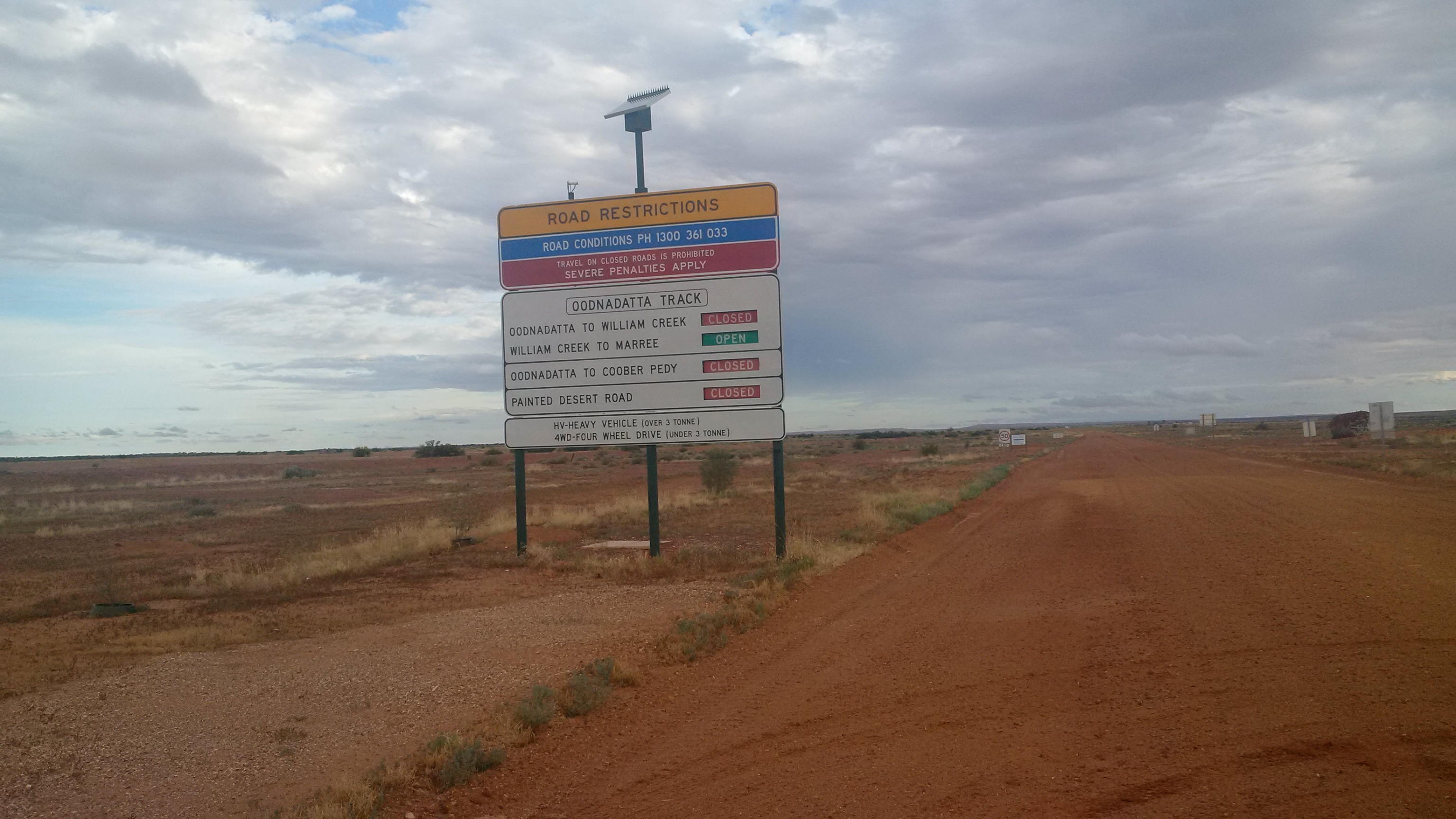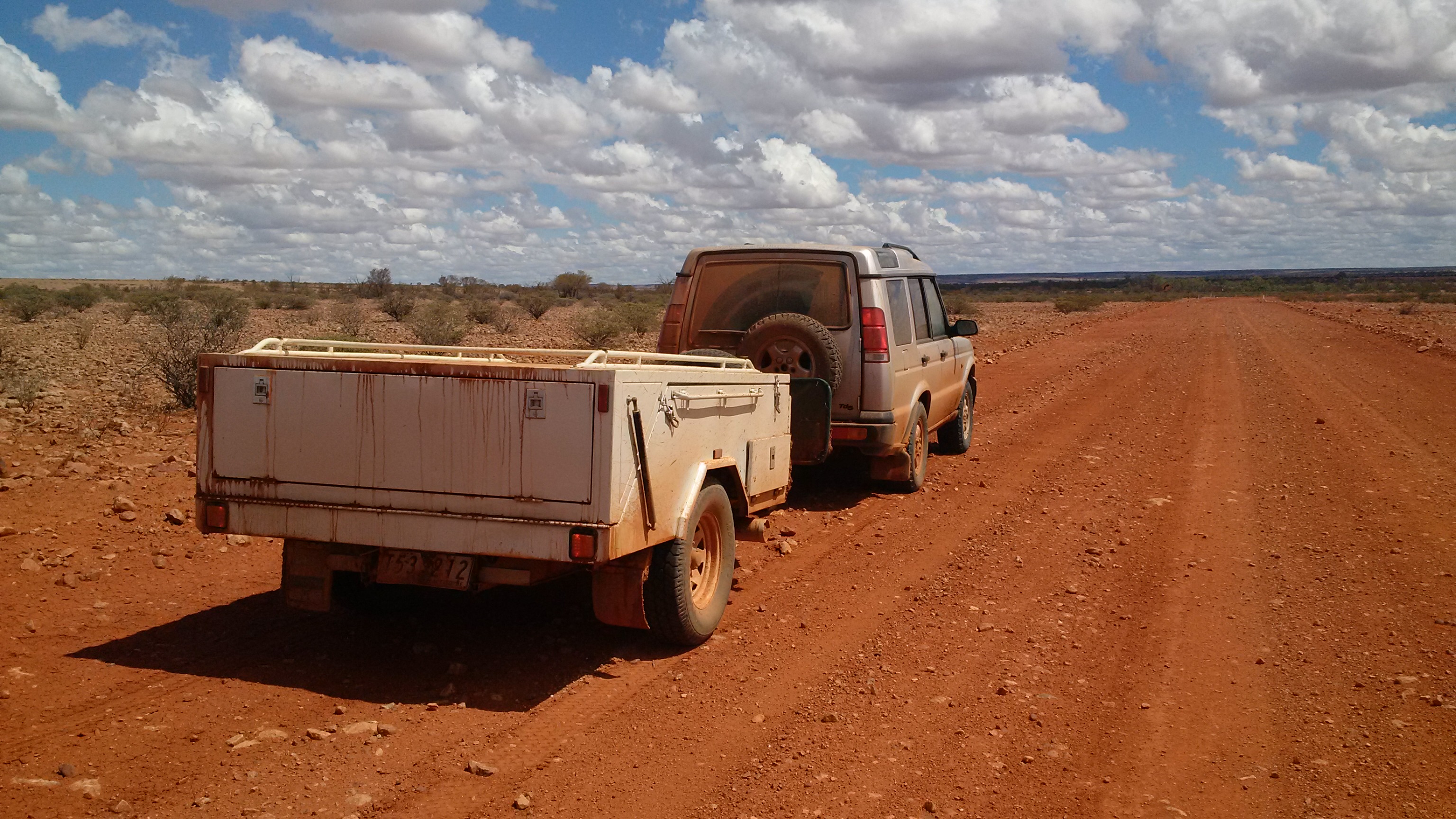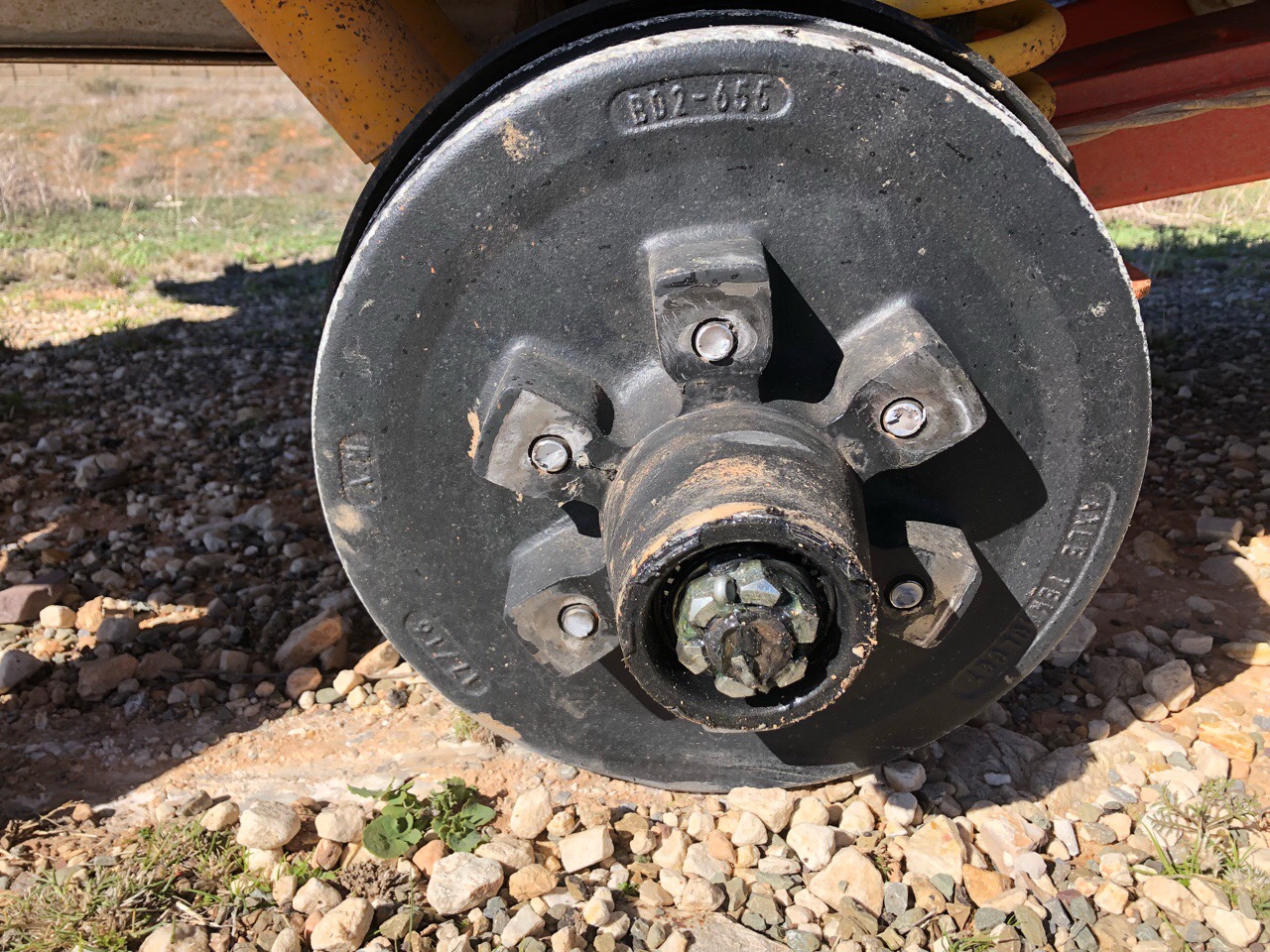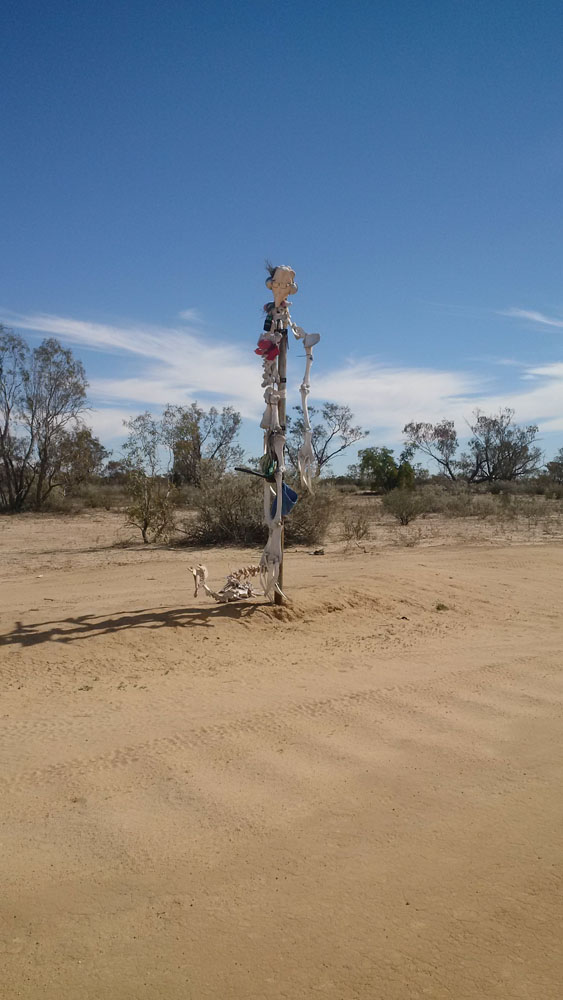Part 1. Charging the camper battery.
I’ve broken this into two parts. Charging the camper battery and charging the other “stuff”. Let’s start with the camper battery.
For preference the camper battery is charged by either solar panels via a Victron Smart Solar MPPT 100/20 or the car via a Victron Orion-Tr Smart DC-DC Charger.
If we get caught short and 240V is available we can recharge via our Victron Blue Smart IP22 Charger and if we get really get caught short we can use our generator.
Part 2. Charging the stuff.
I suppose that we are like a heap of other people. We lug around cameras, phones, torches, tablets, etc. Some things rely on dedicated power supplies to be charged or powered and others can use a generic USB socket. Still others can use a 12V socket. With all these different methods we end up with a plethora of chargers, each one different. Example; my wife’s laptop wants 19V DC, my laptop wants 16V DC, The raspberry Pi that we use to watch videos, etc. wants 5.1V and so it goes.
Getting hold of 12V adaptors for all these chargers and things looked to be pretty expensive and we’d have even more stuff to lug around and pack. I would also need to add 12V and USB sockets to the camper. So the fully 12V strategy went straight to the too hard, too expensive and too much messing around basket.
Then something happened. I had a thought.
Why not just buy a single high quality 500W pure sine wave 12V to 240V AC inverter and take along all the existing chargers and a six socket power board ?
A quick google search for “500W pure sine wave inverter” showed that there a loads of the around and at a good price too. Six, or more, socket power boards can be purchased from a local store – even our supermarket carries them for a cheap price. We got one that has four 240V and four USB sockets. We can charge everything that we take without issue. If we need to we can plug the power board into our pure sine wave 700W generator. ( We only have the generator to cover us if we are unable to get the camper battery charged by solar power. Used very rarely.)
I have mounted and wired the inverter in place so all we need to do is to plug in the power board and then just plug all our existing chargers into that.
Problem solved.
This the inverter that we use. Pretty expensive, I know, but very good.
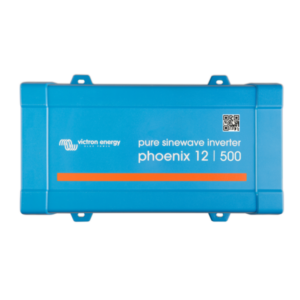
This is similar to the power board that we use.
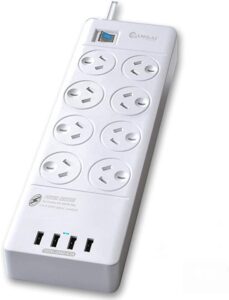
So for the price of a couple of 12V laptop power supplies our charging / powering problems have been solved.
Efficiency and other thoughts.
One more thing. Efficiency.
Given our modest power usage we can afford a bit of inefficiency. We run an Engel 40 Litre fridge / freezer, a few lights, usually run from the inverter so we can use 240V lights and a diesel heater if the night is cold. We have a couple of hundred Amp Hours of LiFePo4 Lithium battery capacity which we have only managed to flatten once after four days of heavy overcast and cold wet weather with no input from the solar panels. A couple of hours with the generator was enough to put enough into the battery to last until we could charge the battery properly while we towed the camper to our next spot.



